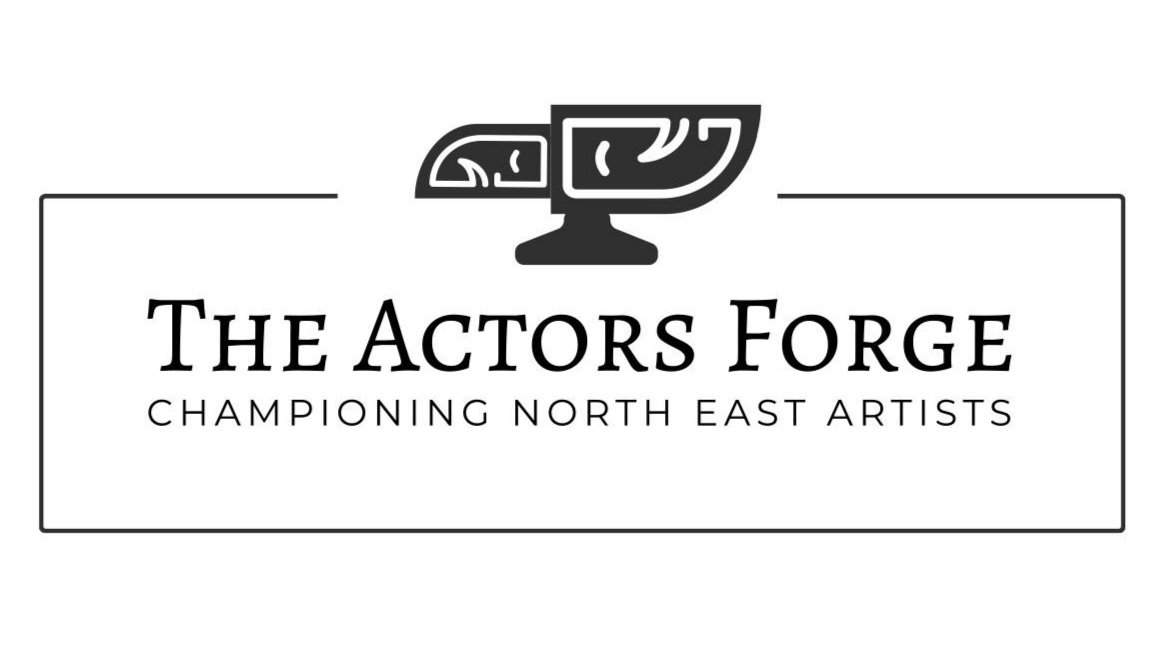1.3 The Tools of Acting: The Voice
The Tools of Acting: The Voice
A powerful, expressive voice is one of the most important tools in an actor’s arsenal. Whether performing on stage or screen, an actor’s voice must convey emotion, intention, and clarity. This guide explores vocal warm-ups, articulation exercises, projection techniques, and character voice creation to help actors harness their full vocal potential.
1. Vocal Warm-ups & Dexterity Exercises
Vocal warm-ups are essential for maintaining vocal health, increasing flexibility, and ensuring clarity in performance.
A. Resonance & Breath Control
Resonance and breath support are key to sustaining vocal power and clarity.
Straw Phonation: Hum into a straw to engage resonance and breath control.
Diaphragmatic Breathing: Inhale for 4 counts, hold for 4, and release on a controlled "ssss" or voiced sound.
Humming & Lip Trills: Move from low to high pitch while lip-trilling to relax vocal cords.
Watch: National Theatre - An Actor’s Warm-Up
B. Articulation & Clarity
Clear articulation ensures that an audience understands every word spoken.
Tongue Twisters: Repeat at different speeds and emotional intensities.
Exaggerated Diction: Over-enunciate simple sentences before bringing them to normal speech.
Marble Exercise: Speaking with a small object (like a cork) in the mouth strengthens articulation.
Watch: How to Improve Articulation
Classic Tongue Twisters
She sells seashells by the seashore.
Peter Piper picked a peck of pickled peppers.
How can a clam cram in a clean cream can?
Red leather, yellow leather. (Repeat fast!)
Unique New York, unique New York, you know you need unique New York.
2. Projection & Vocal Power
A strong, supported voice is crucial for stage acting, ensuring every word reaches the audience without strain.
A. “Fill the Space”
Actors adjust their volume to project their voice naturally without shouting.
Practice delivering lines at varying distances.
Imagine projecting to the back of a theatre.
B. “Whisper to a Roar”
Gradually increase volume while maintaining clarity and emotional intent.
C. “Resonator Control”
Explore different resonance placements (chest, throat, nasal, head voice) to alter vocal tone.
Projection Line List:
"You can’t handle the truth!" – A Few Good Men
"To infinity and beyond!" – Toy Story
"They may take our lives, but they will never take our freedom!" – Braveheart
"You talkin’ to me?" – Taxi Driver
3. Character Creation Through Voice
An actor’s voice can transform to suit different characters through tone, pitch, and resonance.
A. Vocal Masking
Experiment with different voice “qualities” (gravelly, airy, nasal, deep, etc.).
Pair a vocal change with physicality to enhance character embodiment.
Watch: How to Create 100 Distinctly Different Voices
B. Emotional Variations
Actors take a neutral sentence (e.g., "I need to talk to you") and deliver it in different emotional states (angry, excited, scared, flirtatious, etc.).
C. Age & Physicality Influence
Mimic how the voice changes with age (baby, child, teen, adult, elderly).
Explore how posture and body tension affect vocal tone.
Mastering vocal control, projection, and articulation allows actors to fully embody characters and communicate effectively. A strong, well-trained voice is an invaluable asset in any performance setting, and consistent practice is the key to success.
